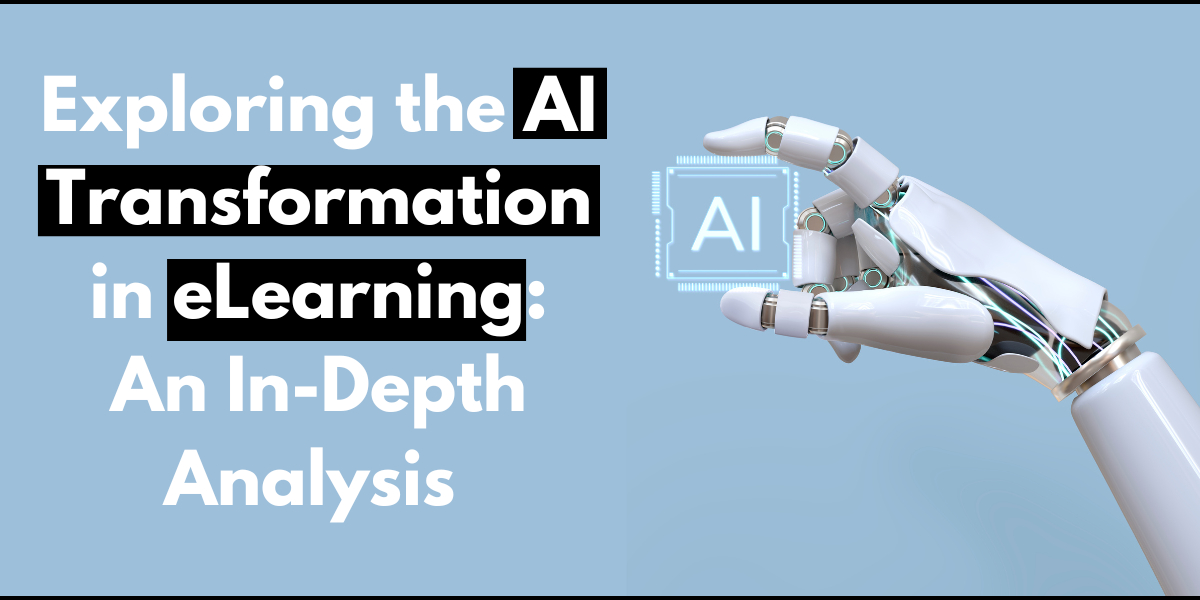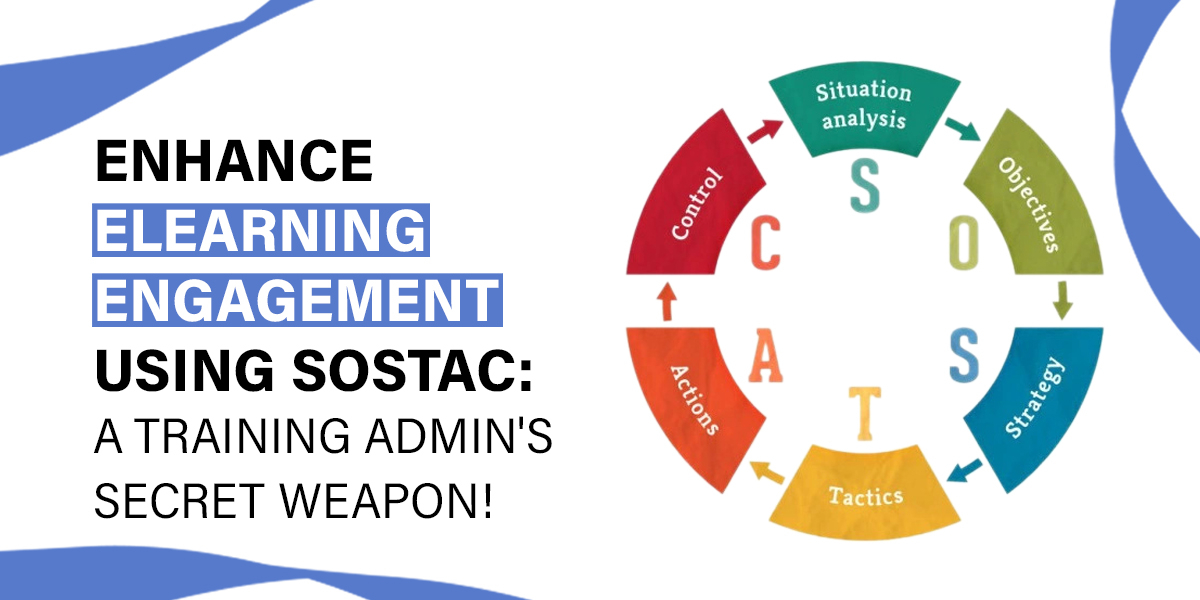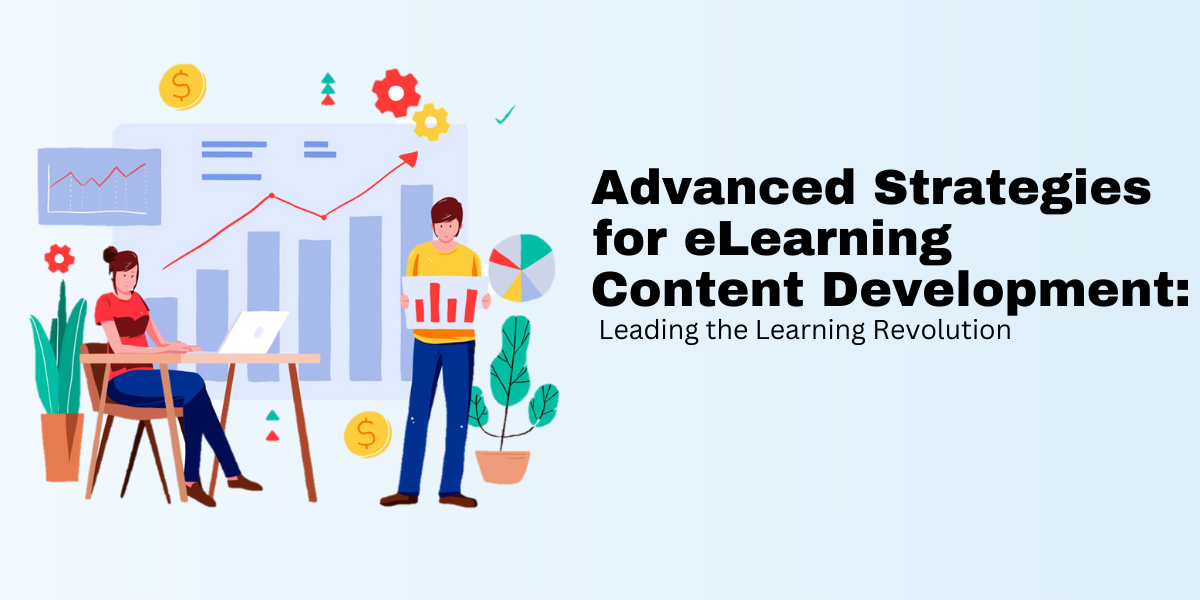Artificial Intelligence (AI) is changing the way we learn and teach. In eLearning, which is learning through electronic means like online courses or digital tools, AI is making a big difference. It's not just about using smart robots or machines; it's about making learning more personalized, effective, and fun. Let's explore how AI is transforming eLearning, looking at its benefits, challenges, and how educational models like Bloom's Taxonomy and the ADDIE model help us understand this change better.
Understanding AI in eLearning
AI in eLearning means using intelligent machines to help with teaching and learning. These machines can think and learn like humans to some extent. They can analyse data, recognize patterns, and make decisions. In eLearning, AI can provide personalized learning experiences by understanding each learner's strengths, weaknesses, and preferences. This personalization makes learning more engaging and effective.
How is AI Transforming eLearning?
1. Personalized Learning Experiences:
- One of the biggest changes AI brings to eLearning is personalization. Traditional classroom learning often uses a one-size-fits-all approach, where all students receive the same lessons at the same pace. However, every student has different needs, strengths, and learning speeds.
- AI can analyse a student’s progress and adapt the content to suit their unique learning style. For example, if a student struggles with a particular topic, the AI can provide additional resources or exercises to help them improve. If another student excels, the AI can offer more challenging material.
2. Automation of Administrative Tasks:
- Teachers often spend a lot of time on administrative tasks, such as grading assignments, tracking attendance, and creating reports. AI can automate many of these tasks, allowing teachers to focus more on teaching.
- For example, AI-powered tools can grade multiple-choice tests instantly, analyze student performance data, and even provide insights into how well students understand the material.
3. Enhanced Engagement and Interaction:
- AI technologies like chatbots and virtual assistants can interact with students in real-time. These AI tools can answer questions, provide explanations, and even engage in conversations with students to keep them interested and motivated.
- Virtual reality (VR) and augmented reality (AR), powered by AI, offer immersive learning experiences. Students can explore virtual environments, conduct experiments, and practice skills in a safe, controlled setting.
4. Real-Time Feedback and Support:
- In a traditional classroom, students might have to wait days or even weeks to receive feedback on their work. AI can provide immediate feedback, helping students understand their mistakes and learn from them quickly.
- AI can also offer support 24/7. If a student has a question late at night, an AI-powered assistant can provide answers immediately, enhancing the learning experience.
Pros of AI in eLearning
1. Customization and Flexibility:
- AI makes it possible to create customized learning experiences for each student, allowing them to learn at their own pace and style. This flexibility can lead to better understanding and retention of information.
2. Efficiency and Time-Saving:
- By automating administrative tasks, AI allows educators to spend more time on teaching and less on paperwork. This efficiency benefits both teachers and students, leading to a more focused learning environment.
3. Accessibility:
- AI-powered eLearning platforms can be accessed from anywhere, at any time. This means that students who might not have access to traditional classrooms can still receive a high-quality education. AI can also provide content in multiple languages and formats, making learning more inclusive.
4. Data-Driven Insights:
- AI can analyse vast amounts of data to identify trends and patterns in student learning. Educators can use these insights to improve their teaching methods and address areas where students are struggling.
Cons of AI in eLearning
1. Lack of Human Interaction:
- One of the biggest drawbacks of AI in eLearning is the potential loss of human interaction. Learning is not just about acquiring knowledge; it’s also about developing social skills, building relationships, and receiving emotional support, which AI cannot fully provide.
2. Dependence on Technology:
- Relying too much on AI and technology can lead to over-dependence, which can be problematic if there are technical issues or outages. Additionally, not all students have access to the necessary devices or internet connections, creating a digital divide.
3. Privacy and Security Concerns:
- AI systems often collect and analyse large amounts of data, which raises concerns about privacy and data security. Schools and eLearning platforms must ensure that student data is protected and used responsibly.
4. High Costs and Accessibility Issues:
- Implementing AI in eLearning can be expensive, especially for schools or institutions with limited budgets. Additionally, some students may not have access to the necessary technology, widening the gap between those who can benefit from AI and those who cannot.
The Future of AI in eLearning
The future of AI in eLearning looks promising. As technology continues to advance, AI will likely play an even bigger role in education. However, it's essential to balance the benefits of AI with its potential drawbacks.
Educators and policymakers should ensure that AI is used ethically and inclusively, making education more accessible and effective for everyone. By combining the strengths of AI with the irreplaceable value of human teachers, we can create a more balanced and enriched learning experience for all students.
Conclusion
AI is revolutionizing eLearning by offering personalized learning experiences, automating tasks, enhancing engagement, and providing real-time feedback. While there are many advantages to using AI in education, such as flexibility, efficiency, and accessibility, there are also challenges, including the lack of human interaction, dependence on technology, privacy concerns, and high costs.
To fully realize the potential of AI in eLearning, we need to address these challenges and find ways to integrate AI with traditional teaching methods. By doing so, we can create a more inclusive and effective learning environment that benefits everyone.




